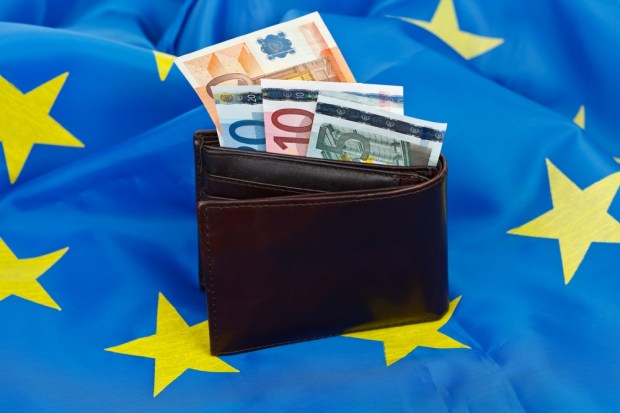EU Details Action Plan On Money Laundering

European Union finance ministers worked out a plan for combating money laundering and also made a deal on major bank reform on Tuesday (Dec. 4), according to reports from Reuters.
The money laundering plan is a response to highly visible cases of alleged criminal activity at EU banks in countries such as Malta, the Netherlands, Britain, Estonia and others.
The ministers said they “need to strengthen the effectiveness of the current framework” to battle money laundering. The potential changes, however, are non-legislative, and may delay proposed legislative changes in the works. The plan also doesn’t call for an EU-wide agency to fight the problem, as was proposed by the European Commission in September.
The proposed plan by the European Commission could also be delayed because the ministers want to assess and review recent instances of financial crime. The review is expected to last until June, past the EU elections in May.
The ministers’ plan has actions that last until 2020, and includes measures to reduce the power of national supervisors setting anti-money laundering rules. The plan would make supervisors clarify rules for whether bank managers are fit, and also revoke licenses for criminal activity.
European Union finance ministers also came to an agreement on major banking reform rules.
The new rules set the level of buffers banks have to raise to absorb losses, and also introduced new money requirements to strengthen stability. The agreement comes following two years of talks and was proposed by the European Commission in 2016.
The new rules regarding buffers is set at 8 percent of banks’ total liabilities and funds, although that could change. There are, however, concessions. For example, only lenders with at least 40 billion euros in the EU would have to follow the rule.
Some banks would get an extension for money allocated to insurance subsidies, and banks with bad loans could potentially get a window to sell it under good conditions.
Banks that can sell more than 20 percent of the non-performing loans would see lower capital requirements. Those terms are meant to help get rid of the $909 billion of soured loans affecting EU banks.
